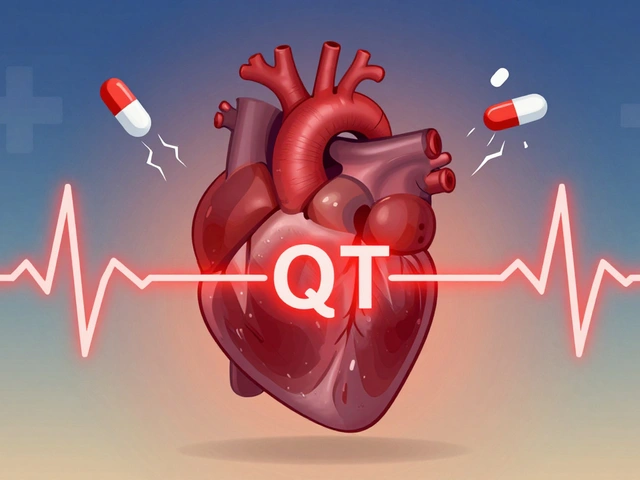Understanding Canagliflozin and its Role in Diabetes Treatment
As a diabetic patient or a caregiver, understanding how medications work can help you make informed decisions about your treatment. In this article, we will explore the role of Canagliflozin in improving kidney function in diabetic patients. Canagliflozin, also known as Invokana, is an oral medication belonging to a class of drugs called sodium-glucose co-transporter 2 (SGLT2) inhibitors. These drugs help to lower blood sugar levels in patients with type 2 diabetes by promoting the excretion of glucose through urine.
Since the kidneys play an essential role in filtering and removing waste products from the blood, including excess glucose, maintaining good kidney function is crucial for diabetic patients. Canagliflozin, by promoting the removal of excess glucose, helps to improve kidney function and overall health.
The Mechanism of Action: How Canagliflozin Works
Before we delve into the specifics of how Canagliflozin benefits kidney function, it's essential to understand its mechanism of action. SGLT2 inhibitors like Canagliflozin target the SGLT2 protein in the kidneys. This protein is responsible for reabsorbing glucose from the urine back into the bloodstream.
By inhibiting the action of SGLT2, Canagliflozin prevents the reabsorption of glucose, leading to increased glucose excretion through urine. This process effectively lowers blood sugar levels, reducing the risk of complications associated with high blood sugar, such as damage to the kidneys, nerves, and blood vessels.
Canagliflozin's Impact on Kidney Function
Research has shown that Canagliflozin can have a positive impact on kidney function in diabetic patients. The drug not only helps to lower blood sugar levels, but it also has a direct effect on the kidneys themselves. By increasing glucose excretion, Canagliflozin reduces the workload on the kidneys, allowing them to function more efficiently and effectively.
Studies have also found that Canagliflozin can help to reduce proteinuria, a condition where excess protein is present in the urine. Proteinuria is a common symptom of kidney damage, and reducing it can help to slow the progression of kidney disease in diabetic patients. Additionally, Canagliflozin has been shown to lower blood pressure, which can further benefit kidney function and overall health.
Reducing the Risk of Kidney Complications
One of the significant benefits of Canagliflozin's impact on kidney function is its ability to reduce the risk of kidney complications in diabetic patients. High blood sugar levels can damage the small blood vessels in the kidneys, impairing their ability to filter waste products from the blood. Over time, this damage can lead to kidney disease and, ultimately, kidney failure.
By lowering blood sugar levels and promoting better kidney function, Canagliflozin can help to prevent or slow the progression of kidney disease in diabetic patients. This is particularly important as kidney disease is a leading cause of death among people with diabetes, and early intervention can significantly improve outcomes.
Important Considerations and Potential Side Effects
While Canagliflozin can offer significant benefits in terms of improving kidney function and reducing the risk of complications, it's essential to be aware of potential side effects and considerations when taking this medication. Some common side effects of Canagliflozin include urinary tract infections, increased urination, and genital yeast infections, which are typically mild and can be managed with appropriate care.
It's important to note that Canagliflozin is not suitable for all diabetic patients, particularly those with type 1 diabetes or severe kidney impairment. Always consult your healthcare provider before starting any new medication to ensure it is appropriate for your specific needs and health conditions. By working closely with your healthcare team, you can make the best decisions for managing your diabetes and maintaining good kidney health.






Amanda Joseph
May 6, 2023 AT 21:12